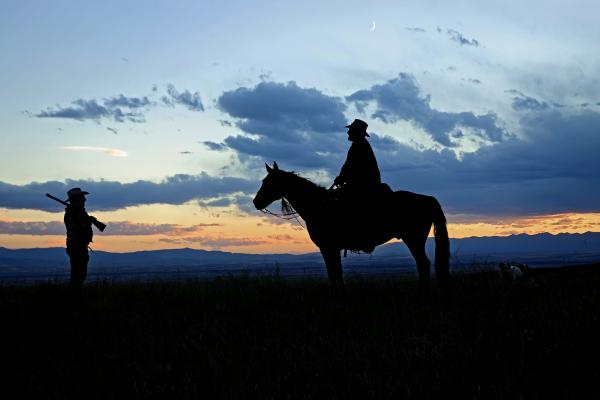WHEN A HASTILY organized cowboy “militia” seized a national wildlife refuge near Burns, Ore., it brought the spotlight of 24-hour-a-day media coverage to a streak of angry alienation that had been building in the West for a long time.
In fact, as Washington Post reporter Amber Phillips noted, the conflict has existed “since the government stopped giving away land and started actively preserving some of it.” That would have been about the time that, in 1890, the superintendent of the U.S. census declared the American frontier to be closed. Shortly thereafter, President Theodore Roosevelt began serious efforts to conserve Western land and resources. In fact, it was Roosevelt himself who, in 1908, created the Malheur National Wildlife Refuge that the militia seized.
This armed occupation of federal property was ostensibly in defense of a father and son in Harney County, Ore., who were convicted of setting fires on federal land, but the confrontation was provoked and led by visiting members of Nevada’s Bundy family who, in 2014, staged a similar armed confrontation in defense of their patriarch, Cliven Bundy, grazing cattle on federal land without a permit.
The federal government owns a great deal of the land in much of the noncoastal West. That land belongs to all of us—all 320 million of us. We stole it fair and square, either from its Indigenous inhabitants, or from Mexico, or both. But most of us never see any of that land except in the movies while, for much of the past two centuries, local loggers, ranchers, and miners had easy access to it. As a result, many people in the West came to feel that the public land was not really the common heritage of a continental republic but in some real sense “their” land. Many of them depended upon it for their livelihoods. That’s what they were supposed to do when the frontier was opened. They were supposed to establish settlements, exploit the natural resources, fend off the Indigenous people, and make the West safe for the railroads.
Read the Full Article

